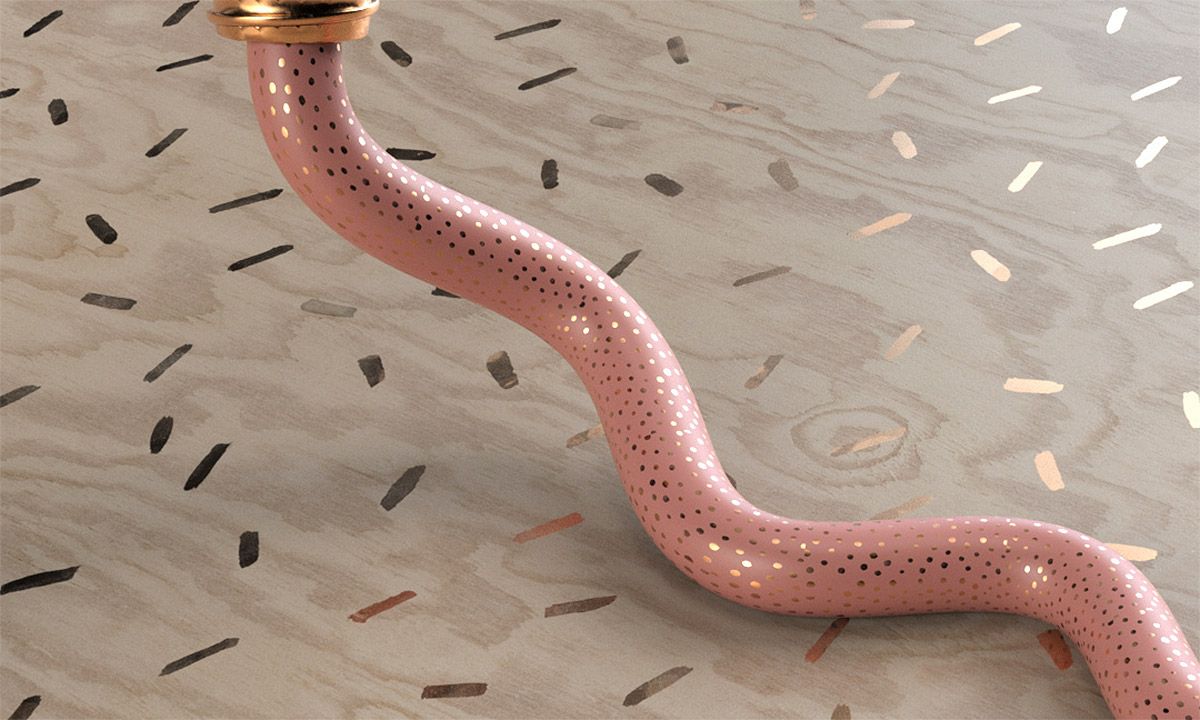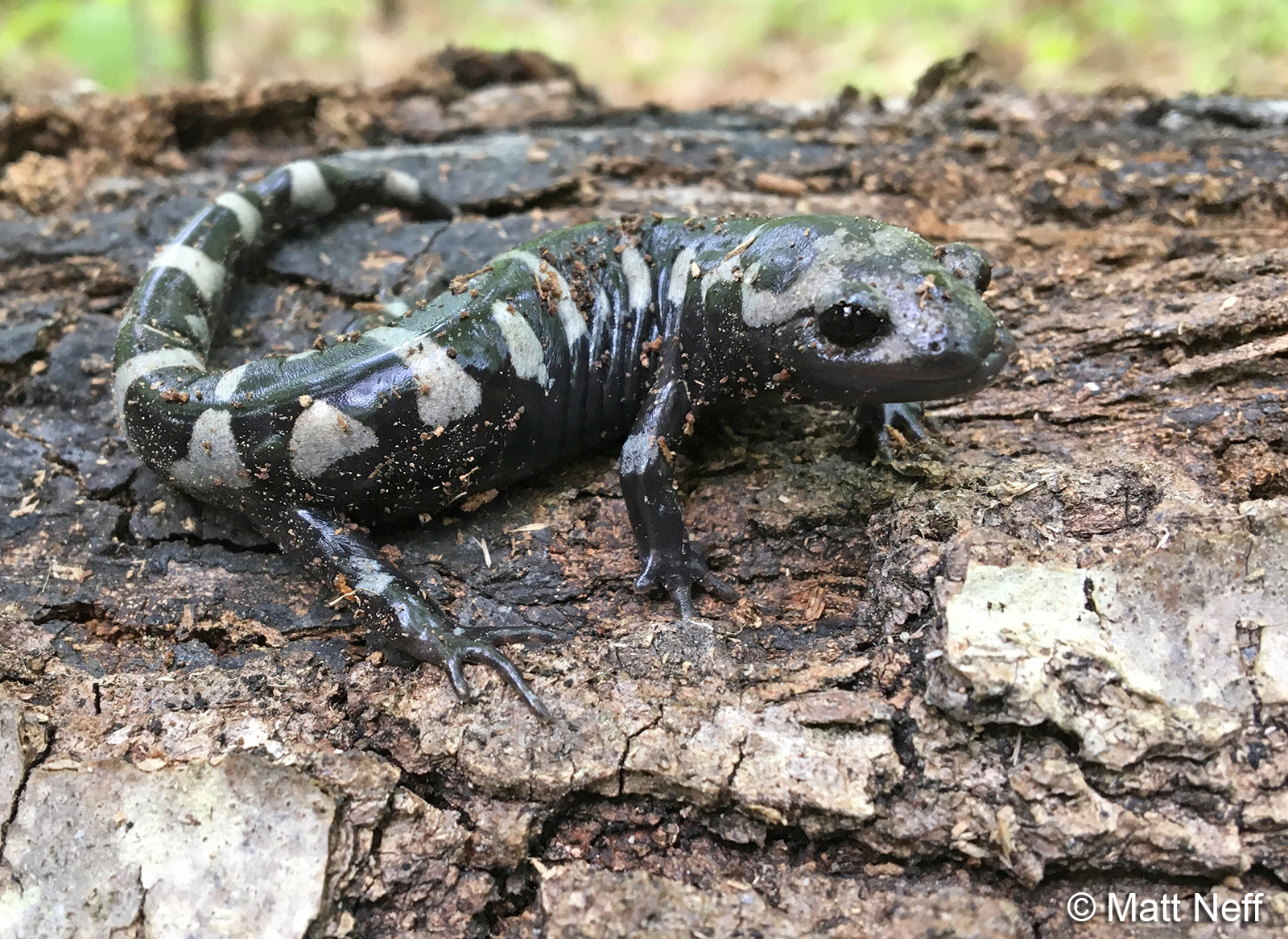Marbled Salamander Food Chain

Marbled salamanders grow to about 3 5 4 25 in 9 10 7 cm in size and are stout bodied and chubby in appearance.
Marbled salamander food chain. Marbled larvae transform to the land dwelling form in may and june. The tiger sits at the top of the food chain tertitay and primary predator. However there is a certain amount of predation by the marbled on the other mole salamander larvae. The marbled salamander is one of many amphibians found in the bottomland hardwood forests of mississippi.
The marbled salamander lives in forests and woodlands. Like most of the mole salamanders it is secretive spending most of its life under logs or in burrows. Asked by wiki user. This species is sexually dimorphic males tend to have white crossbands and females tend to have gray silvery crossbands.
They can be identified by their black dark brown body including its venter with light white silvery crossbands on the dorsum. A small stout bodied salamander this species is easily identified by its distinct black and white patterning across its entire body. The marbled salamander is a stocky boldly banded salamander. It spends most of its time in a burrow in leaf litter or under bark and logs.
Diet adult marbled salamanders eat invertebrates including earthworms slugs snails centipedes and a variety of insects. The bands of females tend to be gray while those of males are more white. It can be found in a variety of habitats from moist sandy areas to dry hillsides. Upon metamorphosis they have a grayish blue spotted pattern on a purplish black body.
Adults can grow to about 11 cm 4 in small compared to other members of its genus. Ambystoma opacum the marbled salamander is found throughout most of the eastern united states from massachusetts west to central illinois southeastern missouri and oklahoma and eastern texas south to the gulf of mexico and the carolina coast it is absent from peninsular florida. The body is black with light bands of varying widths running across the back. Like other mole salamanders marbled salamanders are predators of smaller creatures but though they are voracious predators of insects worms and slugs they along with their eggs and juvenile forms provide food for many other hungry animals.
Adult marbled salamanders maintained on a low food diet were more prone to bite an intruding salamander than those on a high food diet ducey and heuer 1991 which may indicate that aggression functions to repel an intruder from an individual s feeding area burrow refuge. Where is the marbled salamander found on the food chian.


















